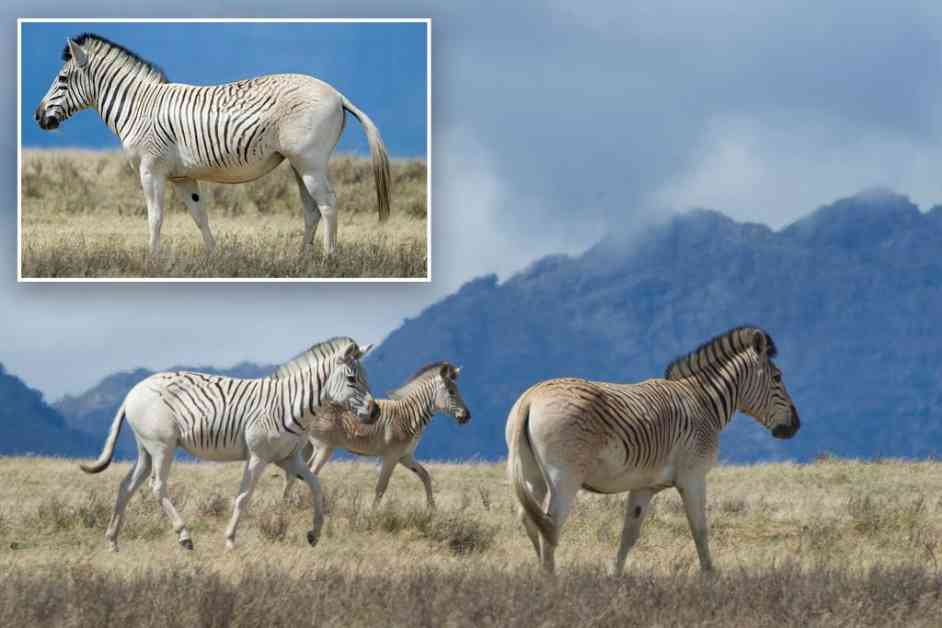A recent scientific achievement has brought back an extinct zebra relative known as the quagga. This horse-like creature once roamed Africa’s Great Plains but was hunted to extinction, with the last one dying in an Amsterdam zoo in 1883. The quagga was similar to a zebra but had a browner color and only had stripes on the front half of its body and head.
In 1987, the Quagga Project was initiated by dedicated fans to bring back this unique species using genetic sequencing. Instead of cloning, scientists opted for a method called “selective rebreeding” by breeding subspecies to recreate the quagga. This involved analyzing the DNA of a deceased quagga foal and finding genetic similarities with Southern Plains Zebras.
Despite facing challenges, such as the passing of key members like Reinhold Rau and the time-consuming process of breeding and monitoring the animals, researchers successfully recreated the quagga. Named Rau quaggas after the project’s late founder, these animals closely resembled their extinct counterparts.
While some critics argue that the resurrected quaggas are merely less stripey zebras, others see this achievement as a significant step in genetic conservation. The project has demonstrated the potential to rebuild populations of endangered animals based on genetic blueprints. Annelin Molotsi, a molecular biologist involved in the project, plans to sequence the genome of the re-bred quaggas to gain further insights and answer scientific questions.
Peter Heywood, a biology professor, believes that the quagga project symbolizes hope for conservation efforts. With ongoing debates about the ethics and implications of resurrecting extinct species, the success of the Quagga Project opens up possibilities for genetic conservation and rebuilding endangered populations.
In conclusion, the resurrection of the quagga, a long-extinct zebra relative, showcases the power of genetic sequencing and selective breeding in conservation efforts. Despite criticisms, this achievement provides hope for the future of endangered species and highlights the importance of preserving genetic diversity in our natural world.
